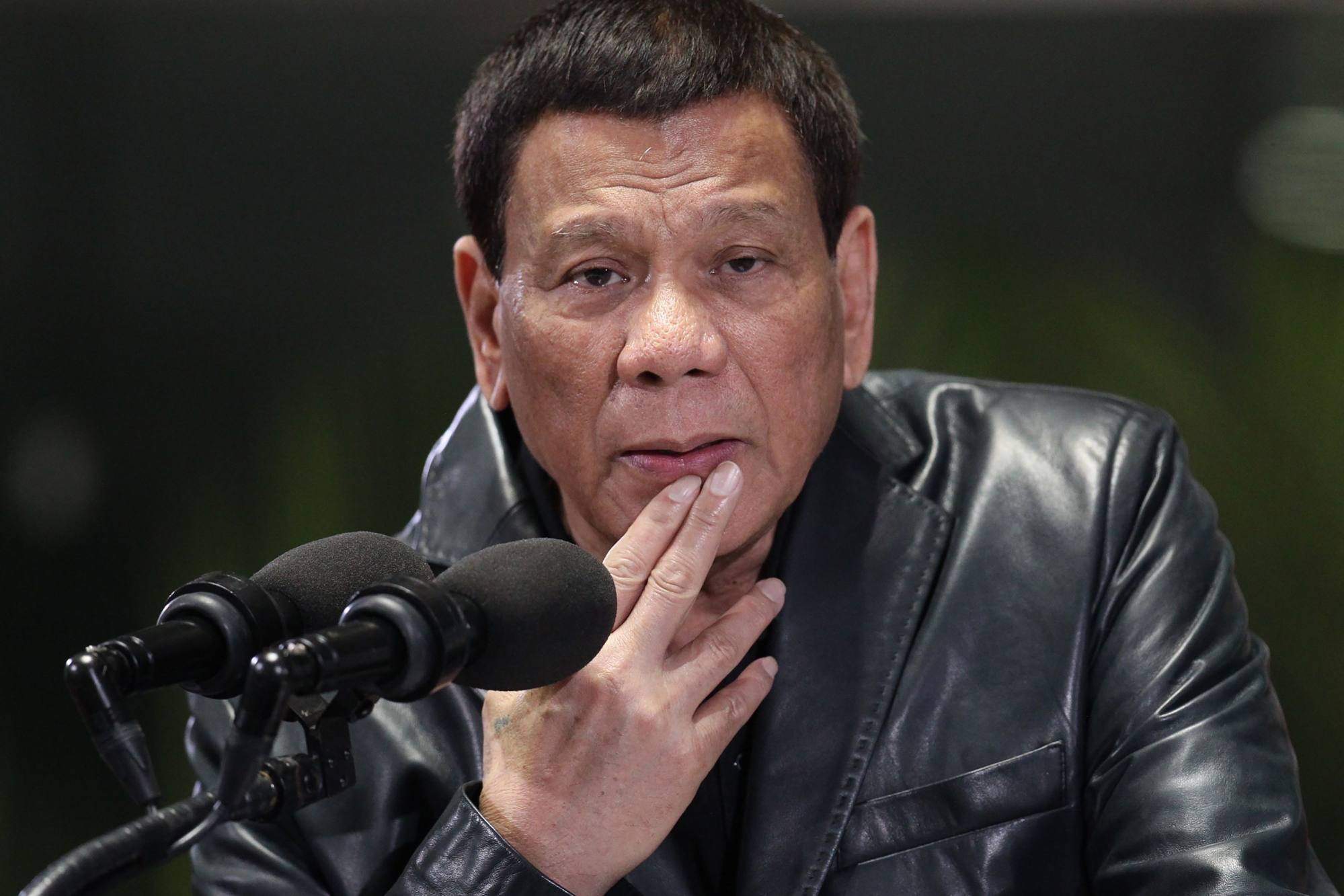
Why Manila airport’s US$3 billion revamp should be about more than just money
- Privatising Ninoy Aquino International Airport presents Marcos Jnr’s government with a historic opportunity to improve the Philippines’ infrastructure
- While emphasising maximum revenue sharing may seem prudent at first, it’s worth remembering that over-aggressive bids are often too good to be true

Airports are often used as a nation’s infrastructure showcase, yet few symbolise the challenges and potential for their host countries as NAIA does for the Philippines. Regularly handling passenger volumes exceeding 150 per cent of its intended capacity, it grapples with chronic congestion, outdated facilities, and connectivity problems.
The Philippines has long struggled to efficiently modernise its transport infrastructure, reflecting the broader difficulties the nation has faced keeping pace with the demands of a growing population and economy.
From favourite to ‘forgotten’: Philippines’ sea dispute sees China pull funds
Marcos has promised a staggering 197 flagship infrastructure projects under his “Build Better More” agenda – with the privatisation of NAIA being the jewel of the crown. But he also inherited a debt-to-GDP ratio of 62.1 per cent, up from 40.2 per cent when Duterte took office.
The NAIA project will be a critical test of the current administration’s ability to attract investment and usher in a new era of infrastructure development. A previous attempt to privatise the airport – via a single, unsolicited bid – was marred by legal challenges and a lack of a framework to assess it.

Cognisant of past errors, the Marcos administration launched public bidding in August 2023 with the Asian Development Bank acting as transaction advisers, bringing much needed expertise and credibility to the process.
Amendments to the Public Service Act implemented in March last year also lifted foreign-ownership restrictions – previously set at 40 per cent – making it possible for consortiums from abroad to bid for the entire project.
Let’s face it, there are far too many examples of Philippine infrastructure projects with less-than-ideal outcomes for both investors and taxpayers.
Let’s face it, there are far too many examples of Philippine infrastructure projects with less-than-ideal outcomes for both investors and taxpayers
In 1997, for example, the Philippine International Air Terminals Company won a contract to build and operate NAIA Terminal 3. Scheduled to begin operations in 2002, it only became fully operational 12 years later, after the government nullified the contract, resulting in a protracted legal dispute. One reason for the debacle were provisions in the agreement that were deemed onerous to the public interest.
Given past experiences, the Marcos administration’s emphasis on revenue sharing as the primary criterion for awarding the bid is prudent. It underscores a commitment to aligning the private operator’s interests with broader national fiscal objectives.
However, a commitment to higher revenue sharing from the operator could be a double-edged sword. While potentially boosting government income, it could also affect the project’s financial viability, compromise the quality of service provided or even compel an eventual renegotiation of the contract – as happens in around one-third of all PPP projects worldwide, according to a 2018 Global Infrastructure Hub report.
Some of the bidder’s revenue-sharing proposals – as high as 82.2 per cent in one instance – are rather staggering and strain belief.
On Friday, Philippine Transport Secretary Jaime Bautista announced that a consortium led by San Miguel Corp., which made the highest revenue-sharing proposal, had won the bidding for the project.
It had been hoped that the bidders’ ability to deliver, track record and all-round competence would be at the forefront of any assessment – prioritising the overall value proposition rather than solely focusing on the initial bid amount and ensuring Filipino taxpayers get their money’s worth.
When it comes to PPP projects, over-aggressive bids are often too good to be true. Naturally, the government must get the best deal it can, but this risks losing sight of the ultimate goal of the whole exercise – securing a better, more sustainable NAIA.
India’s GMR potential front runner for US$3 billion Manila airport plan project
By avoiding simply going with the highest bidder, Marcos’ team could have helped the Philippines avoid being lumped with a deal in which it receives none of the above-mentioned positive outcomes.
Whatever happens, NAIA’s privatisation will be a landmark moment for the administration. It has thus far defied expectations on the political front, despite ongoing concerns – which could be laid to rest if the government stays the course. Let’s hope the winning bidder can comply with its bid and bring NAIA back to its former glory.
Rupert Paul Manhit is the executive director of non-profit organisation the Philippine Trade Foundation (Phils Inc.)


